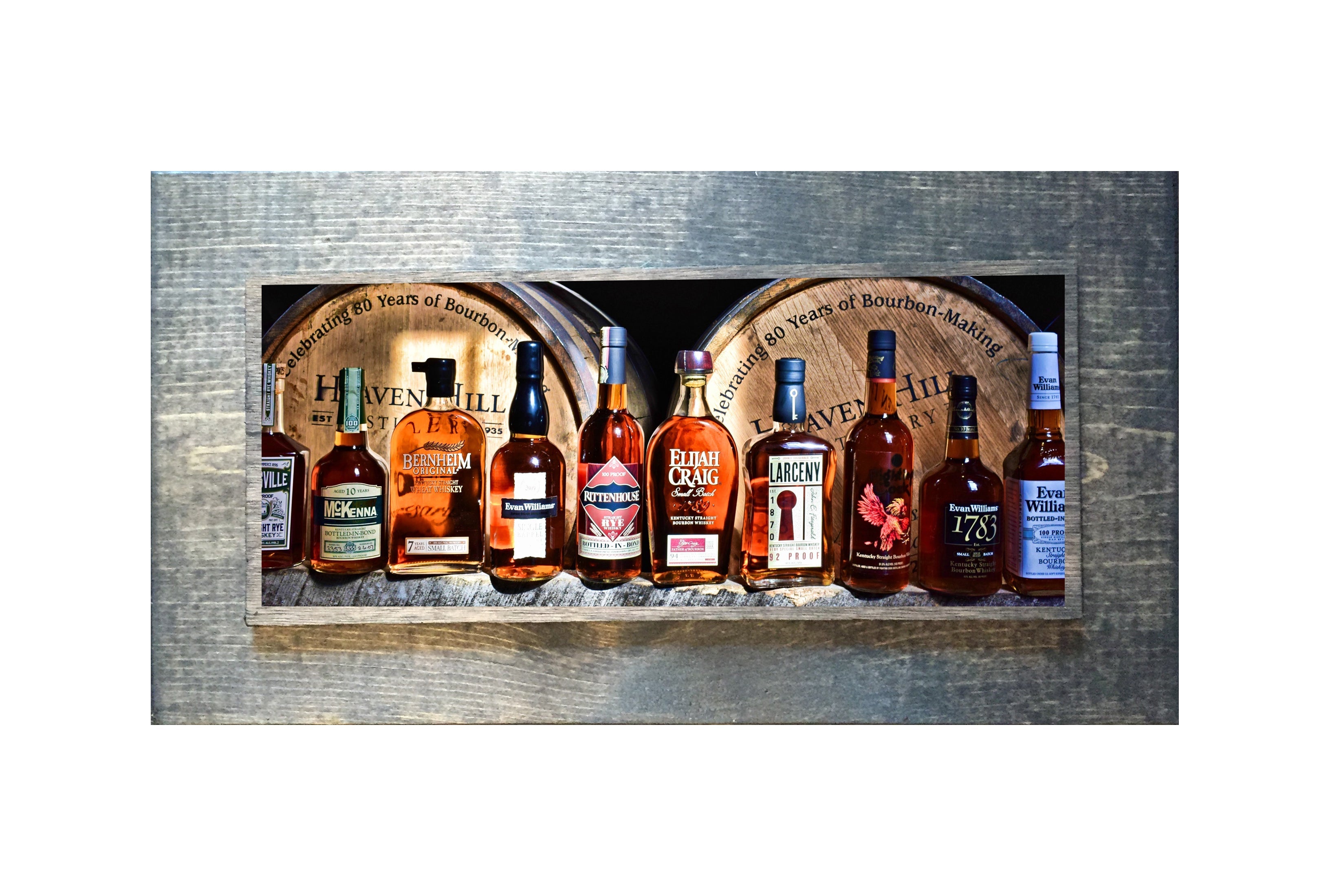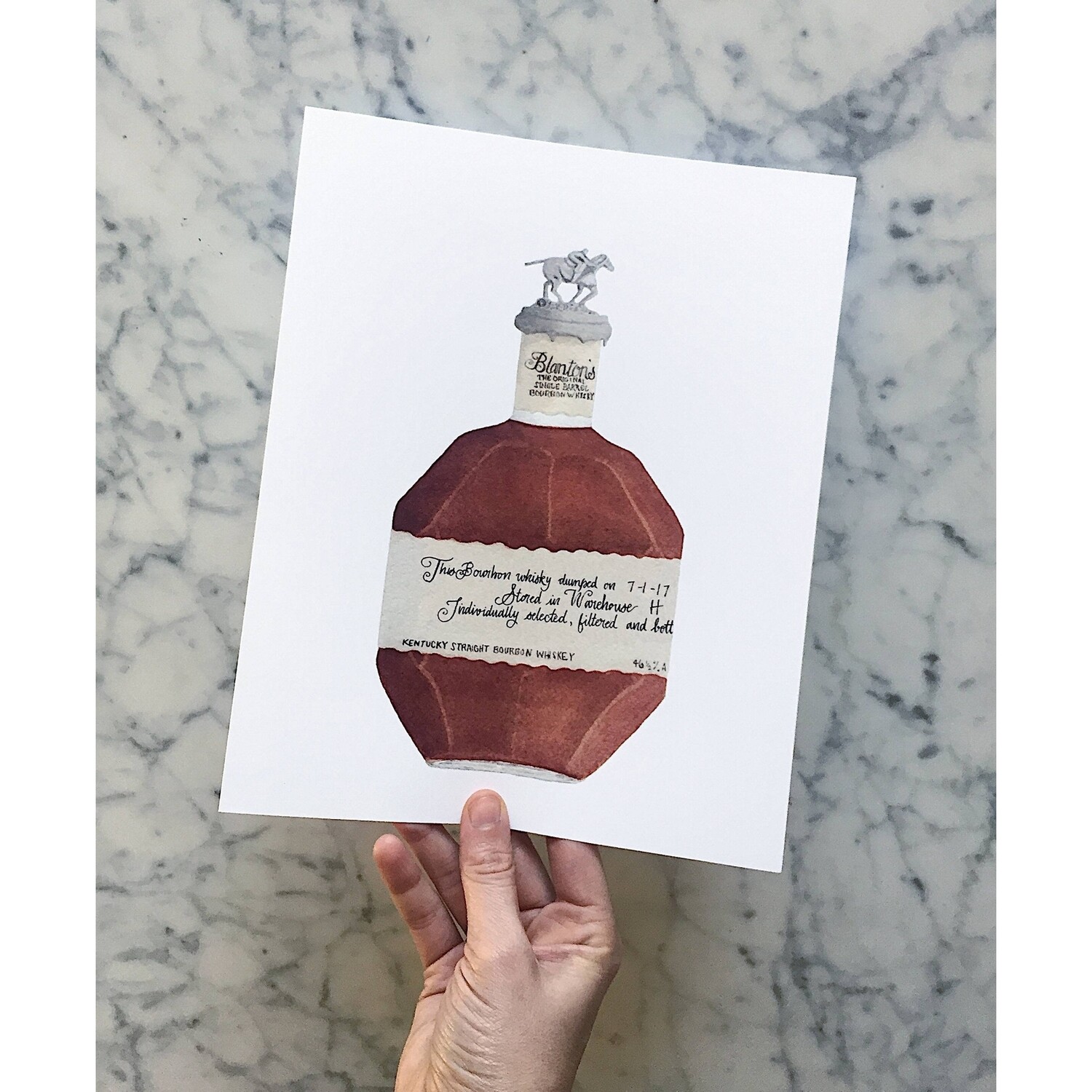Bourbon Art in Contemporary Culture: Where Custom Satisfies Technology
Wiki Article
The Relevance of Whiskey Art in Celebrating Heritage and Workmanship in the Beverage Sector
The intricate relationship in between bourbon art and the party of heritage and workmanship within the beverage market can not be overstated. Via attentively created tags and bottles, bourbon brand names envelop their historic roots and the artisanal skills that specify their manufacturing methods.The Historic Roots of Whiskey
At the heart of whiskey's attraction lies an abundant tapestry of historical origins that map back to ancient human beings. The origins of whiskey can be linked to the distillation techniques of the Sumerians and Babylonians around 2000 BCE, where very early forms of fermented grain beverages started to arise. It was in the Middle Ages that the art of purification progressed dramatically, especially in Ireland and Scotland, leading to the production of bourbon as we understand it today.
The term "whiskey" itself originates from the Gaelic word "uisce beatha," suggesting "water of life." This expression emphasizes the social value of scotch in Celtic societies, where it was often connected with rituals, parties, and common bonding. By the 15th century, purification came to be a recognized craft within monastic neighborhoods, leading the method for the facility of lawful distilleries.
As profession courses increased, bourbon's appeal expanded, going beyond local borders and recording the passion of aficionados worldwide. Realism Art. This historic trip reflects not only the craftsmanship behind whiskey production but also its important function in cultural and social contexts, marking it as a considerable drink throughout background
Artistic Expression in Branding
Scotch branding stands as a compelling intersection of artistry and commerce, where aesthetic identification plays an essential role fit customer perception. The looks of scotch labels, packaging, and advertising materials reflect not just the brand name's story however also its core worths and heritage. With artistic expression, distilleries convey a story that reverberates with consumers, stimulating feelings and stimulating connections.Using shade, typography, and imagery in branding offers to set apart products in a saturated market. For instance, traditional themes may stimulate a sense of credibility and craftsmanship, while modern-day designs can indicate development and forward-thinking. This tactical creative direction boosts brand recognition and loyalty, allowing customers to create an individual partnership with the bourbon they choose.
Additionally, creative expression in branding typically acts as a party of regional heritage. Distilleries frequently include neighborhood symbols or historical referrals into their designs, developing a sense of location that welcomes consumers to participate in a broader cultural experience. Eventually, the creativity behind bourbon branding not only improves visual allure however also improves the total story of the brand name, promoting a much deeper admiration for the workmanship and heritage ingrained in each bottle.
Workmanship in Container Design
The creativity apparent in bourbon branding expands past aesthetic identity to encompass the workmanship associated with bottle layout. Each container functions as a vessel not just for the spirit within, but additionally for the tale it outlines its practice, origin, and top quality. The style process needs thorough interest to detail, as components such as material, shape, and closure add substantially to the general understanding of the whiskey.Craftsmanship in bottle style Realism Art includes picking premium glass that can improve the whiskey's color and clarity, while also supplying a responsive experience for the consumer. The silhouette of the bottle must be both useful and cosmetically enticing, commonly showing the heritage of the brand. Lots of distilleries choose unique forms or embossed logo designs that stimulate a feeling of authenticity and background.
In addition, the label design and typography play a crucial function in interacting the brand's story. Limited Edition. A well-crafted bottle not just astounds the consumer's eye however also reinforces the brand's dedication to high quality and custom. In this way, the craftsmanship of bottle layout becomes an essential facet of the whiskey experience, combining virtuosity with a profound respect for heritage
Social Significance of Scotch Art
Commemorating custom and workmanship, the social significance of bourbon art transcends simple aesthetic appeals, linking with the social and historical narratives of the areas from which it stems. Each bottle acts as a canvas, showing the special tales, folklore, and traditions that have shaped neighborhood whiskey-making techniques. The detailed designs commonly mirror the heritage of the distillers, including icons and motifs that reverberate with the culture and values of their communities.
On top of that, bourbon art plays a crucial function in communal events and celebrations, working as a concrete web link between people and their shared experiences. By appreciating the artistry in scotch product packaging, consumers grow a deeper understanding and regard for the craft, inevitably improving their enjoyment of the drink itself.
Modern Trends in Whiskey Presentation
In the last few years, the discussion of scotch has advanced to reflect modern tastes and trends while still recognizing typical craftsmanship - Whiskey Art. Distilleries are significantly concentrating on aesthetic components that improve the overall alcohol consumption experience, linking the gap in between heritage and modernityInnovative bottle layouts have actually emerged, often including sustainable products and creative labels that inform compelling tales. Lots of brands currently team up with regional artists, instilling their items with distinct aesthetic expressions that resonate with customers. In addition, limited-edition releases are typically packaged in collectible containers, including value and allure for connoisseurs.

Final Thought
Finally, bourbon art functions as an essential conduit for sharing the heritage and craftsmanship intrinsic in the beverage industry. Through elaborate branding, innovative bottle designs, and culturally substantial creative elements, scotch brands successfully recognize their practices and get in touch with customers. This creative narrative not only boosts the gratitude of scotch yet additionally strengthens community identity and satisfaction among producers. Eventually, bourbon art plays an important function in preserving and celebrating the rich cultural tapestry of whiskey-making.

Workmanship in container style involves picking high-grade glass that can improve the whiskey's shade and quality, while likewise providing a responsive experience for the consumer. In this way, the workmanship of bottle design comes to be an important aspect of the bourbon experience, merging virtuosity with a profound respect for heritage.
In verdict, scotch art serves as a crucial channel for revealing the heritage and craftsmanship integral in the beverage industry.
Report this wiki page